Get started
Watch a demonstration of this experiment and download the technician notes from the Education in Chemistry website: rsc.li/4mcrxMU
The strange thing about teaching entropy is that all physical and chemical processes demonstrate it to some extent – otherwise they would not occur. By the time you teach it, students will be familiar with many processes like dissolution, evaporation or exothermic changes, where there is an obvious increase in entropy for the system or its surroundings. For this reason, I like to have a striking phenomenon on hand that shows something new. If the conditions are right, a coloured droplet of alcohol in water placed on a layer of oil will explode into a beautiful arrangement of smaller spots, illustrating how chaos can quickly form from order.
Use this demonstration when teaching thermodynamics to 16–18 year-old learners.
Kit
- Propan-2-ol, 4 cm3 (flammable, may cause drowsiness or dizziness, causes serious eye irritation)
- Ink or concentrated food dye (see tips)
- Plate or similar wide and shallow vessel – at least 20 cm in diameter
- Vegetable oil
- Webcam/visualiser
- Dropping pipette
- 10 cm3 measuring cylinder
Health, safety and disposal
- Read our standard health and safety guidance and carry out a risk assessment before running a live demonstration.
- Wear eye protection.
- Propan-2-ol is a highly flammable liquid and the vapour may cause drowsiness/dizziness. It can also cause serious eye irritation. CLEAPSS members should consult HC084A.
- Dilute the propan-2-ol and water mixture to 5% v/v and pour it down a foul-water drain.
- For small amounts of vegetable oil, use an absorbent material to soak it and place it in a bin, or use a licensed waste carrier to dispose of larger amounts.
Health, safety and disposal
- Read our standard health and safety guidance and carry out a risk assessment before running a live demonstration (rsc.li/4dnfmsQ)
- Wear eye protection.
- Propan-2-ol is a highly flammable liquid and the vapour may cause drowsiness/dizziness. It can also cause serious eye irritation. CLEAPSS members should consult HC084A (bit.ly/4iVmfCD).
- Dilute the propan-2-ol and water mixture to 5% v/v and pour it down a foul-water drain.
- For small amounts of vegetable oil, use an absorbent material to soak it and place it in a bin, or use a licensed waste carrier to dispose of larger amounts.
Preparation
Add a few drops of ink (or concentrated food colouring, see tips) to approximately 6 cm3 of water in a 10 cm3 measuring cylinder. Add 4 cm3 of propan-2-ol. Pour vegetable oil onto the plate until there is a layer at least half a centimetre deep at its shallowest point.
In front of the class
Place a few drops of the coloured alcoholic mixture onto the surface of the oil. The drop will spread and small fingers of coloured liquid will form around its circumference, pinching off to form smaller droplets. Eventually the main droplet shrinks leaving a field of coloured spots in its wake. You can start the process in a number of places on the plate at the same time – the droplets will spread until they meet the advancing boundary of another droplet leading to a variety of patterns on the surface.
Tips
- The best effects come from balancing the surface tension of the water with the alcohol. If the droplet stays balled up and does not fade in colour at the edge, the surface tension may be too high. Adding a little more alcohol to the mix will remedy this. If you add too much alcohol, you will see a rapidly expanding shelf that does not decay into droplets.
- For more details on food colourings, read the notes section of the Battle of the forces demonstration. To achieve the required intensity of colour, use concentrated food dyes (typically synthetic dyes such as brilliant blue FCF) rather than from natural sources.
Tips
- The best effects come from balancing the surface tension of the water with the alcohol. If the droplet stays balled up and does not fade in colour at the edge, the surface tension may be too high. Adding a little more alcohol to the mix will remedy this. If you add too much alcohol, you will see a rapidly expanding shelf that does not decay into droplets.
- For more details on food colourings, read the notes section of the Battle of the forces demonstration (rsc.li/4k9Qibr). To achieve the required intensity of colour, use concentrated food dyes (typically synthetic dyes such as brilliant blue FCF) rather than from natural sources.
Teaching goal
If you enjoy wine, you may be familiar with this phenomenon and know it as the tears of wine or the wine’s legs – a clear example of the Marangoni effect. Like any other spontaneous process, the driving force behind this demonstration is entropy. The formation of many droplets from one might be the most obvious increase in disorder, but the real culprit to draw students’ attention to is the evaporation of vast numbers of molecules of alcohol from the droplet. A fact that Willard Gibbs did not miss when he explained this phenomenon in the same landmark paper that birthed the eponymous equation(s) which your students are likely to meet at this stage in their chemistry journey.
While one coloured droplet visibly becomes tens or hundreds, a back-of-the-envelope calculation will show that the numbers of molecules of evaporating alcohol are of the order 1020.
A coloured droplet of water by itself would ball-up under its own surface tension when placed on vegetable oil, but the introduction of the alcohol disrupts this, causing the droplet to flatten and spread out.
The volatile alcohol evaporates significantly faster than the water and in this thinner border zone you will see the impact more keenly. The liquid here becomes less concentrated in alcohol than in the central, thicker part of the droplet. The surface tension in this area rises because water has stronger intermolecular forces than the alcohol, pulling liquid to the edges of the droplet.
As liquid builds up at the edge of the droplet, smaller beads form which, individually, have lower surface area than the thin film or streams from which they formed. Truly mesmerising.
Further reading
See this short Chemistry World article and video on the Marangoni effect in immiscible liquids and its potential real-world applications.
Declan Fleming
Downloads
Marangoni effect technician notes
Handout | PDF, Size 0.13 mbMarangoni effect technician notes
Editable handout | Word, Size 0.46 mb
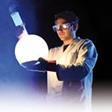
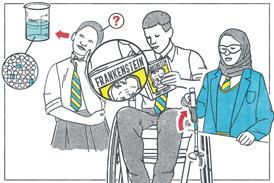

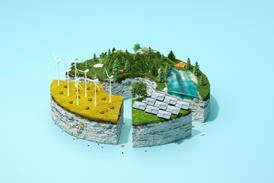


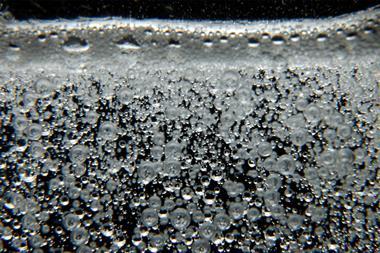
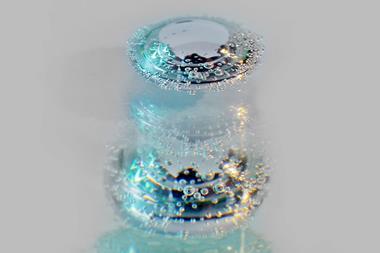
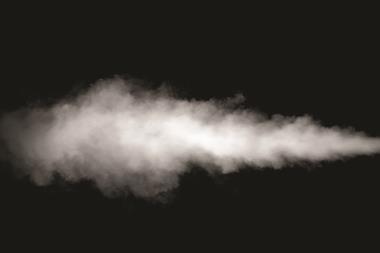

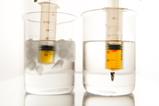
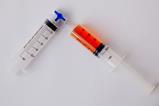



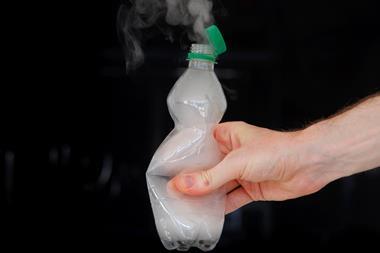

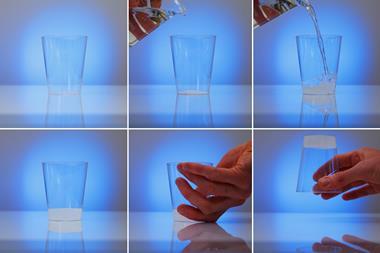






No comments yet